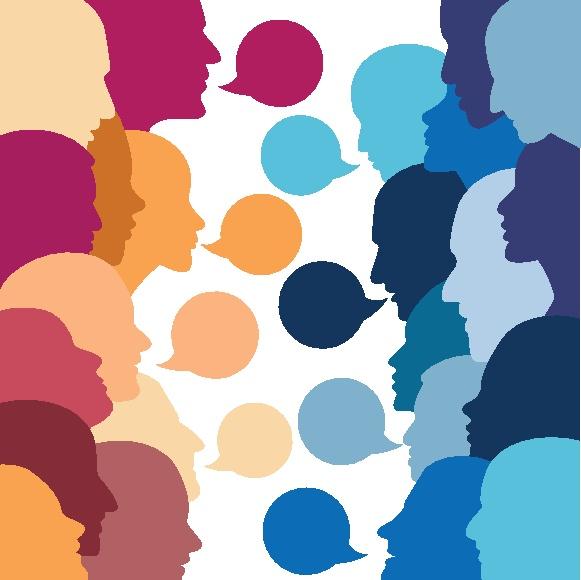A conversation with David Livermore, a leading expert in cultural intelligence and author of Digital, Diverse & Divided, sheds light on the challenges faced by organizations as they strive to solve the cultural challenges that arise as people become more polarized and companies expand their global footprint.
Increasing polarization brings novel challenges to organizations
We’ve never been more divided. Pew Research Center finds that Democrats and Republicans are farther apart ideologically today than at any time in the past 50 years. In fact, the U.S. is polarizing faster than any other democracy.
Livermore sees this in his work. He shares how organizations are increasingly finding themselves caught in the crossfire of political debates, with their actions in the diversity, equity and inclusion (DE&I) space being scrutinized and judged as either “woke” or “anti-woke.”
A recent example of this debate is the heated dialogue regarding the introduction of a bill in California that proposed to make discrimination based on caste illegal. Opponents argued it unfairly maligned Hindus. Governor Gavin Newsom vetoed the bill just last week.
“Regardless of your politics, it doesn’t change the fact that diversity is still a very real factor in organizations — whether we’re talking about it from the justice and discrimination lens or the inclusion lens,” says Livermore. “It’s an interesting thing to pay attention to over the last year on how what’s happening politically and externally influences the way organizations are being forced to shape policies.”
This polarization presents a challenge, as organizations must navigate the delicate balance between societal expectations and their commitment to fostering inclusion within their workplaces.
As the backlash to the California caste bill illustrates, there are dangers in organizations highlighting every possible characteristic that makes people different — which is often the hallmark of many DE&I campaigns. Focusing too much on what makes us different, rather than similar, can narrow our focus and negatively impede collaboration.
“I am somewhat fearful that we have over-emphasized lived experience — and by doing so, that we have undermined any sense of shared humanity,” says Livermore. “We have to somewhat live with the polarities of understanding someone’s experience while also making that not be the sole focus when working on a project together.”
Can culture fix polarization and global divides?
“I don’t think culture explains or answers everything,” says Livermore — although that’s a tempting simplification for business leaders. “I think we can sometimes, when trying to make a case for the importance of culture, diminish the fact that it doesn’t solve everything. You can’t excuse really bad behavior or poor business decisions by blaming it on the culture.”
“I’m acknowledging that we can make a case for culture without somehow saying that it is the only thing,” Livermore clarifies. Businesses should seek to understand culture in service of the larger business goals and missions — and not just for the sake of culture itself. “There’s a reason an organization exists beyond culture,” says Livermore.
“Sometimes people presume that a strong culture automatically leads to success internationally, and sometimes it can have the reverse effect,” cautions Livermore. He uses Google’s famous 20% rule as an example of a local culture not translating globally. “In the Asia Pacific region, which is more risk averse and prefers hierarchy, no one knew what to do with that extra 20% of time.”
Building culturally intelligent businesses
Livermore focuses much of his work on helping leaders become more culturally competent, which he refers to as “CQ.” Many leaders want to skip building cultural competence and start with emotional intelligence. But Livermore says that’s a mistake. “If you can’t be self-aware and you can’t read emotional situations in your own context, I’m not very confident you can do it cross-culturally.”
The path to success lies in recognizing the multifaceted nature of culture, embracing diversity, and being open to transformation.
Read the full article here










